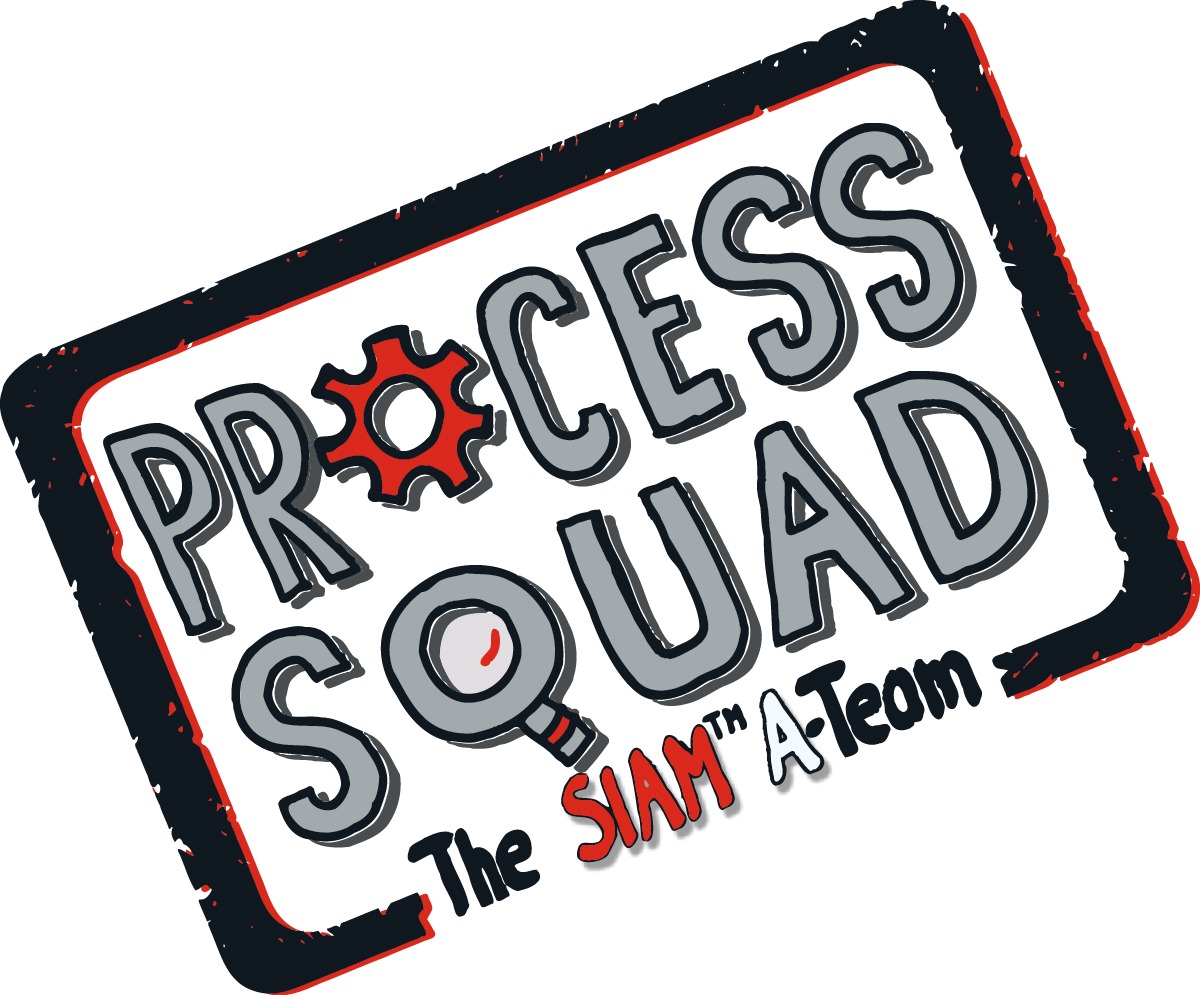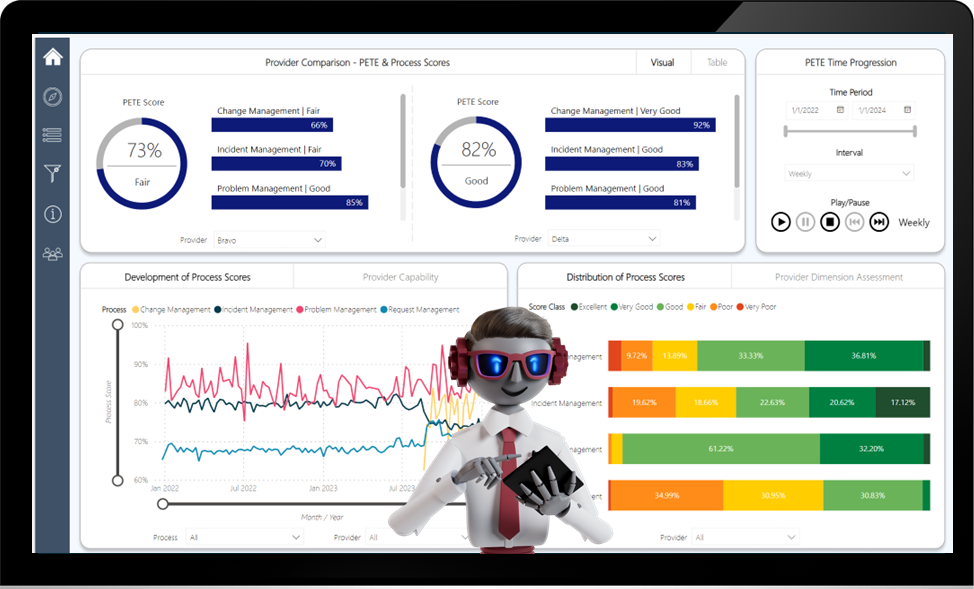
The choice of IT service partners is often like the choice of private life partners: Hormonal (or intoxicated by marketing slides) and true to the motto “There is magic in every beginning” (credit: my namesake Heinrich Heine), many companies succumb to wishful thinking. In many cases, disputes, mutual accusations and, at best, divorce quickly follow. Why at best? Well, there are clients who, like Elizabeth Tailor, marry Richard Burton a second time (or for younger generations: Pamela Andersen and Thommy Lee 😉) and hope for a different outcome. Only to find that it didn’t get any better the second time around….
So what distinguishes the clients who build successful relationships with their IT service partners from those whose relationships fail?
I argue it starts with a realistic self-assessment of one’s own attractiveness to the business partner and emphasising this attractiveness in the selection phase.
As a former key account manager in the major IT business, I know that companies divide their customers into A, B and C categories (see also A Complete Guide to ABC Analysis in Customer Segmentation and Inventory | Cleverism). To operationalise this customer segmentation, variables such as company size, sales potential, margin, etc. are then used. For IT industry giants (also called Tier 1 suppliers), A-customers then have completely different orders of magnitude than for smaller Tier 2 or Tier 3 suppliers.
And: IT resources are fundamentally a scarce commodity for which all clients compete. So how realistic is it for a “C client” to be provided with an “A team” of the IT service provider to deliver its services? You guessed my answer, didn’t you? Not at all! On the contrary: True to the motto “Good jumpers only jump as high as they have to”, IT service providers will also try to place B or C teams with A clients and only pull out the joker “A team” if they fail.
To make it precise: If my company is not itself a global corporation, how realistic is it that I can be an A client with a global corporation? I don’t want to give you false hope: Probably not at all. And it makes little sense from my point of view, either.
You’d better look for a partner at par-level. Someone who plays in the same league as you is more likely to understand and associate with your business challenges.
Or even better: With an IT service provider that is a little smaller than you are, you have an even better chance of obtaining the coveted A-customer status.
But now, as a medium-sized company, you should not immediately despair, “sell yourself short” and throw yourself into the arms of the next best small IT service provider around the corner.
As always in life, size is not the only thing that matters. You can increase your attractiveness for an IT service provider in different ways:
- Above, I talked about margin, which also plays a role in A,B,C segmentation. This does not mean that you should now buy expensive. But perhaps positive incentive mechanisms of very good service delivery in addition to the usual penalties can help.
- The “overhead” you generate at the IT service provider also has an impact on the margin. The higher your governance and reporting requirements, the higher the necessary overhead and the lower the margin – and the lower your own attractiveness as a customer. The rule here is: as little as possible – as much as necessary. Streamline your SLAs, bury your superfluous reports for good in the graveyard of unread reports (I would also like to recommend the post of my colleague Hendrik Ceh.
- Make use of the currency “attention”: Do you have a particularly innovative project? Firsts are in great demand! If you can then beckon with high-profile appearances, publications, etc., you will be able to compensate for part of your missing sales potential.
- Offer long-term partnerships – but please with the right incentives so that the IT service provider does not relax after the “honeymoon”. Then, the sales effort will also be minimised and you will rise in the key account holder’s favour.
“Honeymoon” is also the key word to look at the IT service provider itself and to check a few compatibility criteria so that you don’t wake up with a headache after the honeymoon:
- Look for similarities in your corporate values and cultures. The more similarities you discover, the higher the chances of success for a long-term cooperation.
- Is there a human fit between your employees and the employees of the IT service provider? If so: great! Don’t forget to get a contractual assurance that the employees who were introduced to you in the sales process and who have agreed to work for you as a customer will continue to be available and will not move on after a contract has been signed.
- Does the IT service provider have proven competence specifically in the IT services requested? Also in your geographical region? If so, how extensive are they? Ask for figures, data and facts – and for reference customers with whom you may speak without the IT service provider. The thinner the information provided, the more suspicious you should be. One exception: the partner is honest, admits gaps and presents credible plans to close them.
- Ask the “short list” candidates for specific implementation strategies and plans for your IT service contract. If they are specific enough and tailored to you: Wonderful – make them part of the contract! However, if you are only fobbed off with generalities and marketing slides, be careful. Always remember: You will never be more attractive to your potential partner than in the pre-contractual “courtship phase”. As soon as the ink is dry on the contract, your attractiveness will drop abruptly. So if there is little apparent willingness to respond to you individually as a potential client before the contract is signed, you cannot expect that to change radically after the contract signature. On the contrary: As in many marriages, some partners will let themselves go as soon as the ring is on their finger.
I hope that these criteria will help you to choose the partners who are right for you. One last piece of advice from me – for those of you are not working for a stock market rock star – and here, too, I remain in the imagery of private partner selection:
Emphasise your attractiveness as early as possible in the selection phase. Otherwise you won’t get a date in the first place 😉. Don’t overwhelm your potential partners with an extensive RfP without being asked, which will cost them time and effort to read.
Think about your desired partners, contact them in advance (preferably in person), ask for a meeting and try to inspire them with your plans. If you do not succeed: Be happy – and spare the IT service provider the RfP. You will save yourself – and them – a lot of work in the following phase of your tender.
P.S.: This article is part 2 of a series about what consitutes good partnerships in IT services. If you missed part 1 you can find it here.




